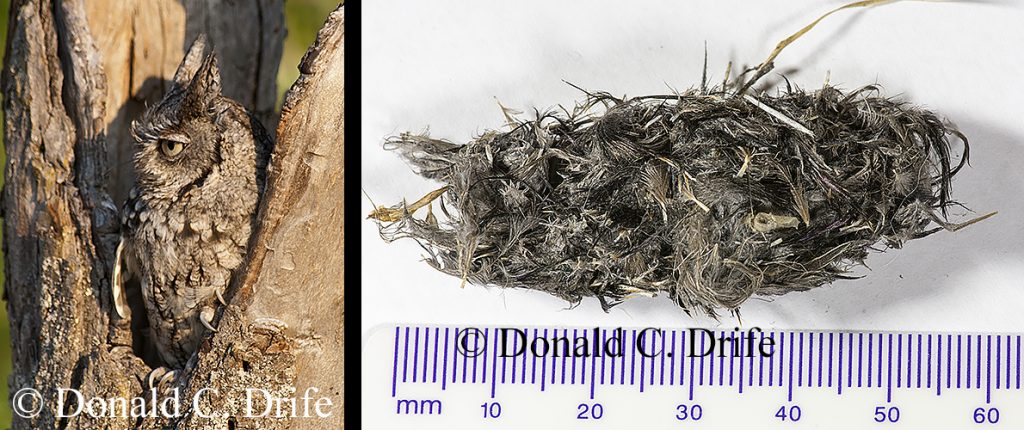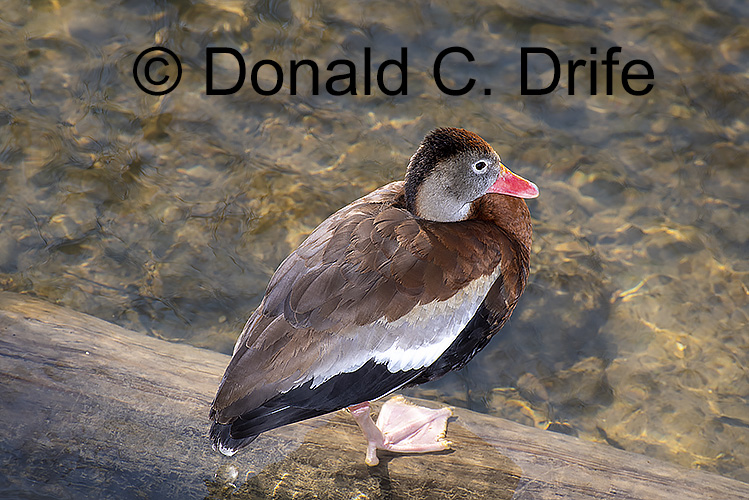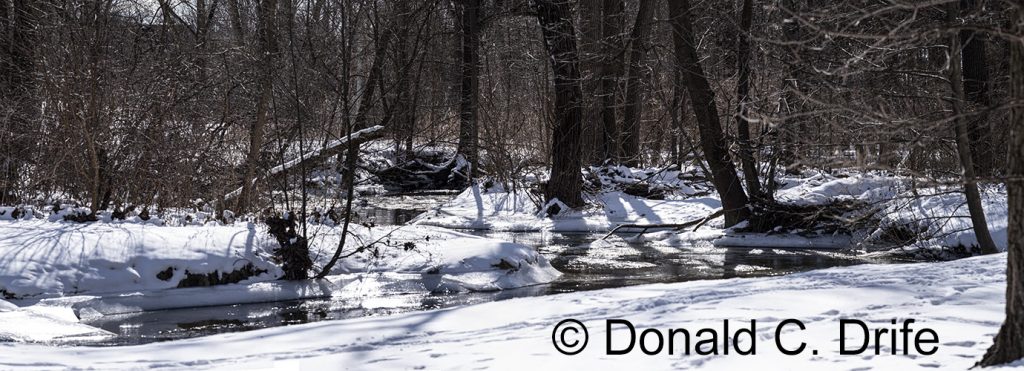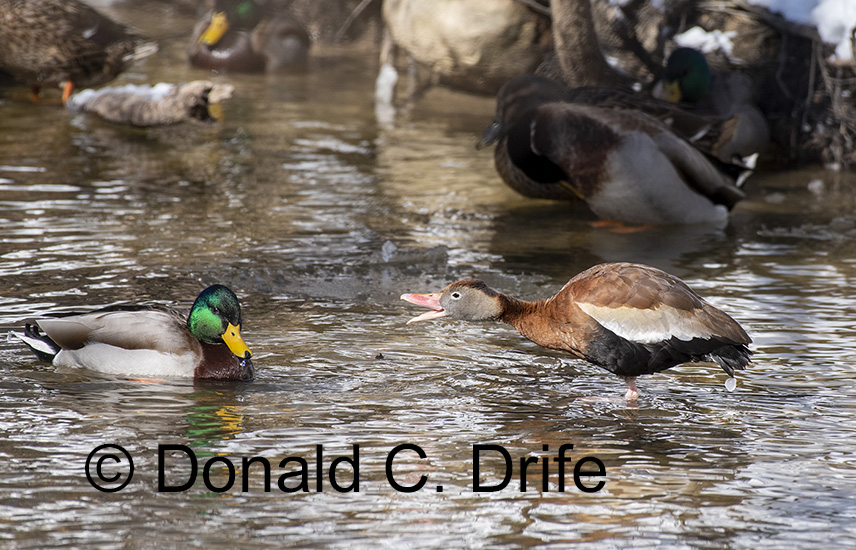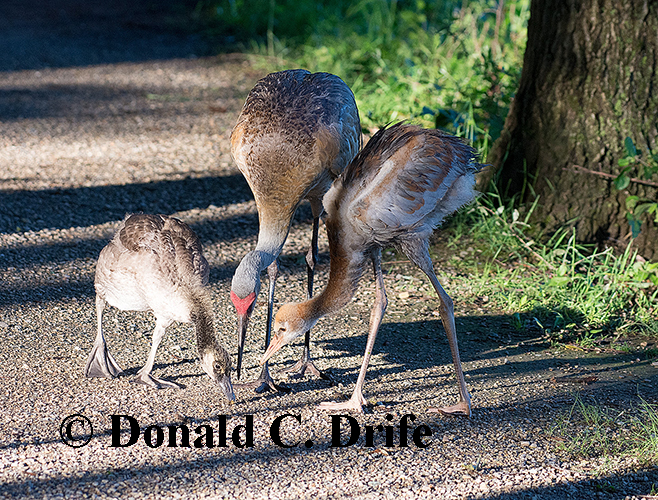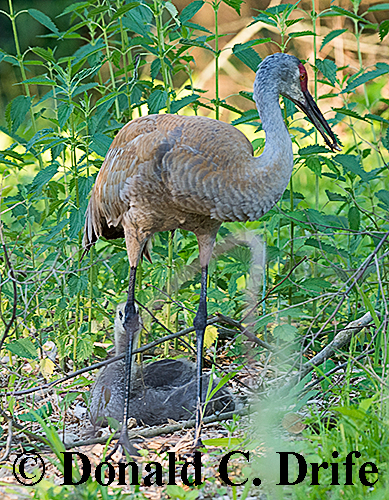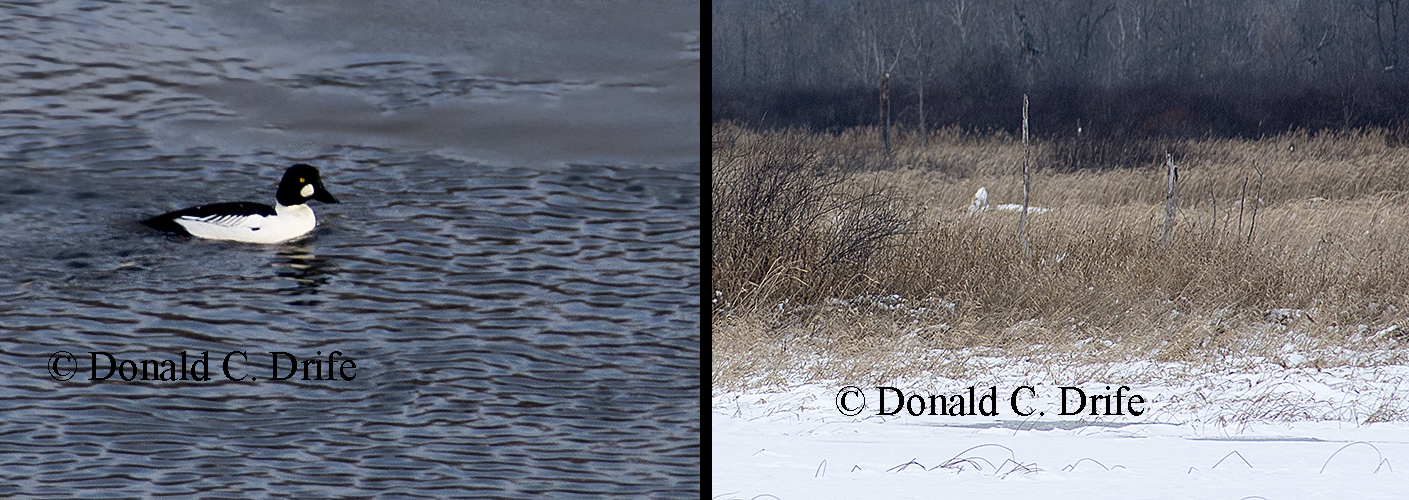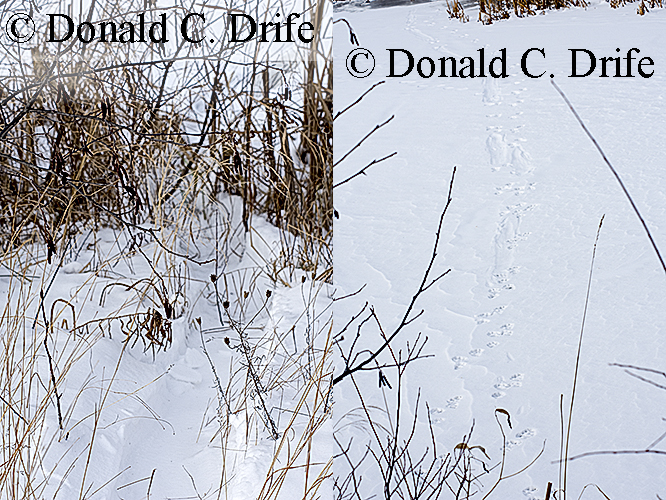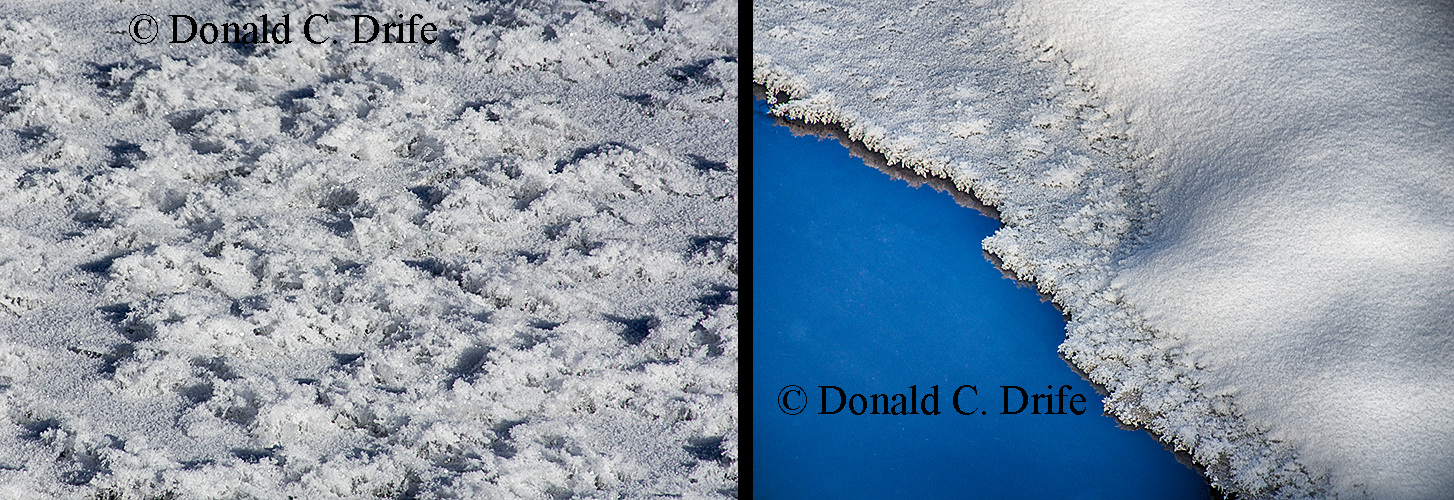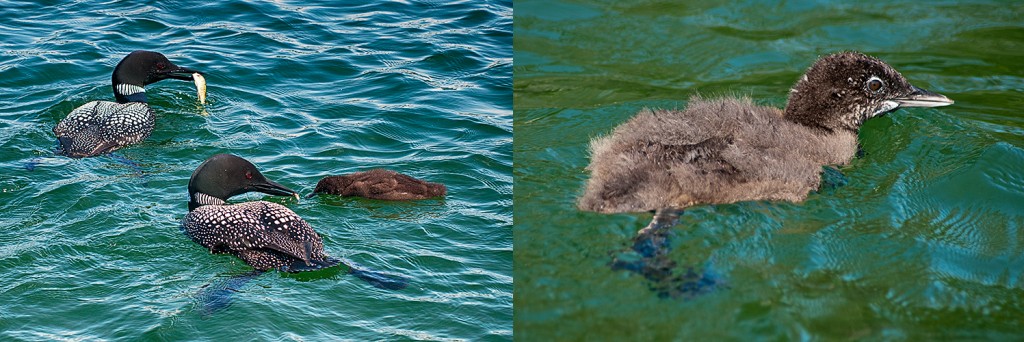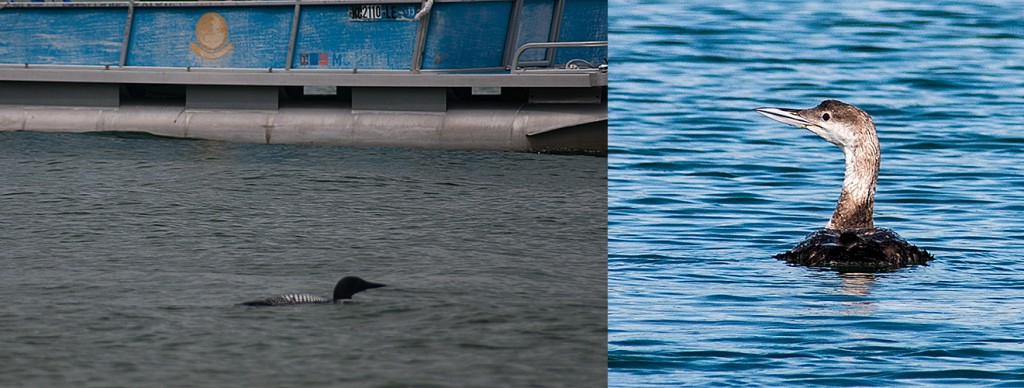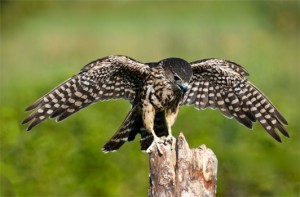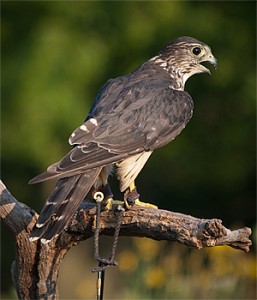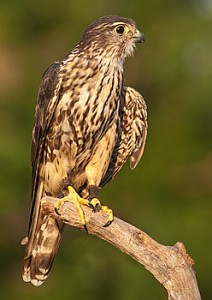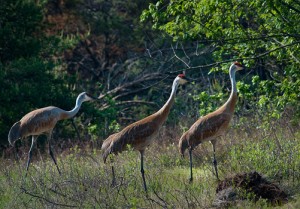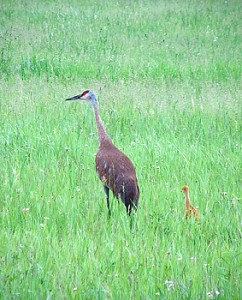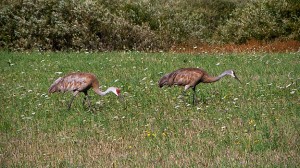William Rapai’s book The Kirtland’s Warbler: The Story of a Bird’s Fight against Extinction and the People Who Saved It covers the first 170-years of the Kirtland’s Warbler from the first specimen in 1841 through the 2010 warbler census. The University of Michigan Press is to be commended as it continues its tradition of providing sound scientific writings in a readable format. The known population has fluctuated from approximately 330 birds in 1974 and 1987 to over 3500 by 2010. After the 1987 census Doug Middleton (an amateur ornithologist) remarked to me that there were more Kirtland’s Warblers in museum cabinets that currently alive. Since the book was written the population has increased to over 4000 birds.
As I write this review, I sit in the heart of “Kirtland Country.” I am only 15 miles from where Norman Wood discovered the first Kirtland’s Warbler nest. A small plaque marks the location. Across the road is Doug Middleton’s stone cabin used for many years as a base for his studies of the Kirtland’s and other Crawford County warblers. I’m in the Jack Pine Plains and during the spring I often hear Kirtland’s Warblers singing.
Nathan Leopold was one of the first to study the Kirtland’s life history. Leopold is better known for the Leopold and Loeb murder in 1924. Before committing this crime, Leopold collected and had mounted a Kirtland’s nest, young, and a male and female adult bird. Through Doug Middleton’s intervention, this habitat study was presented to the Cranbrook Institute of Science and was on display for many years. I saw it numerous times as a boy.
Rapai documents several unique attempts to study the bird. Both Josselyn Van Tyne (curator of birds at the University of Michigan Museum of Zoology) and Harold Mayfield (another amateur ornithologist) attempted unsuccessfully to hand rear young birds. Another plan put forward was to trap the warblers and keep them in captivity each winter. This would remove the hazards of migration and the mortality on the wintering grounds but the plan was never implemented.
In 1971, the Kirtland’s Warbler Advisory Committee was formed. They recommended a Cowbird trapping program and a plan for managing Jack Pine habitat. These have been the keys to the bird’s recovery.
The tragic 1980 Mack Lake fire is also mentioned. Started as a “controlled burn” it lost containment, burning 20,000 acres and killing one firefighter. I walked the area of the fire a week after it burned helping to assess the plant life. I also helped to cut cross-sections of downed, dead trees to determine their ages. I visited the area several times over the next few years as the Jack Pine and other vegetation regenerated.
Rapai points out that the Robin is not technically Michigan’s State Bird and chronicles the attempts to name the Kirtland’s Warbler as the state bird. The Robin was designated the “state bird” via a non-binding resolution and retains that status largely because of tradition.
Rapai mentions the past studies of the warbler’s droppings and current studies being done with pieces of warbler toenails, feathers, and blood samples. Isotopes from these samples reveal what types of food the birds eat, even months earlier when they were on their wintering grounds. He outlines future threats to the bird and calls for continued vigilance to protect the bird’s population
This excellent book preserves the story of the bird’s recovery and the people that worked to make it happen.
Reviewed by Donald Drife
Copyright 2013 by Donald Drife
Webpage Michigan Nature Guy
Follow MichiganNatureGuy on Facebook
